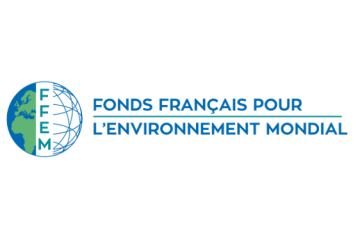Project Document Review – Improving Soil Health using NBSs Rwanda, India

Services: Diagnostics and feasibility studies
Countries: Rwanda, India
Dates of intervention: 2024/05
Amount executed: 450 €
Total amount of the service: 450 €
Main backer: French Facility for Global Environment - Client
Main beneficiary: French Facility for Global Environment
Support provider: SalvaTerra
Experts: Alice RABINE
Context of the service
The project "Improving Soil Health through Dialogue and Nature-based Solutions (NbSs)", presented to the FFEM by the International Union for Conservation of Nature (IUCN), aims to improve the resilience and soil health of two agricultural landscapes in India and Rwanda through the adoption of agroecological and NbSs approaches by farming communities.
It is structured around four objectives: i) understanding and monitoring soil health, ii) identifying and disseminating NbSs, iii) mobilizing civil society, and iv) influencing public policies to ensure a strengthened enabling environment for the large-scale adoption of agroecological and NbSs approaches.
The project includes the in-situ testing of a "Soil health monitoring framework" based on participatory data and the "Common Ground Dialogues" methodology facilitating agriculture/environment dialogues.
Services provided
SalvaTerra has issued an opinion on the Project Identification Note (PIN).
This opinion provides a critical analysis of the operational coherence of the PIN, its compatibility with the objectives of the FFEM, its main strengths and weaknesses, and makes suggestions for the improvement of the project at the stage of the Project Commitment Note (NEP).
The analysis concerned the diagnosis of the context and the issues, the content of the program, the intervention logic, the institutional set-up for the implementation of the project, the financial plan, and the monitoring and evaluation framework.
Summary of the service
Analysis of the identification note of the project "Improving soil health through dialogue and Nature-based Solutions (NbSs)" proposed by IUCN: Critical analysis of the project (diagnosis of the context, the intervention logic, the institutional set-up, the financial plan, and the monitoring and evaluation framework); Analysis of its compatibility with the objectives of the FFEM; Identification of strengths and weaknesses; Suggestions for the improvement of the project.